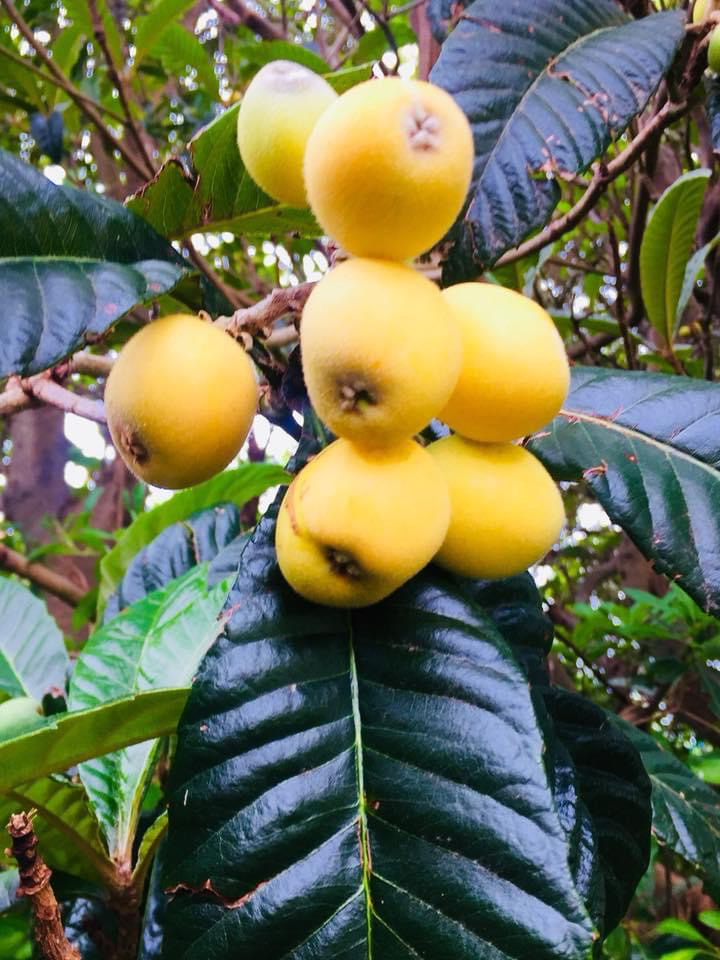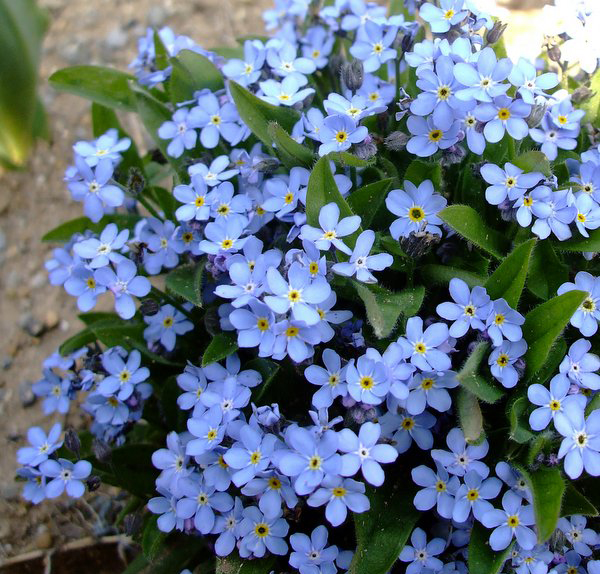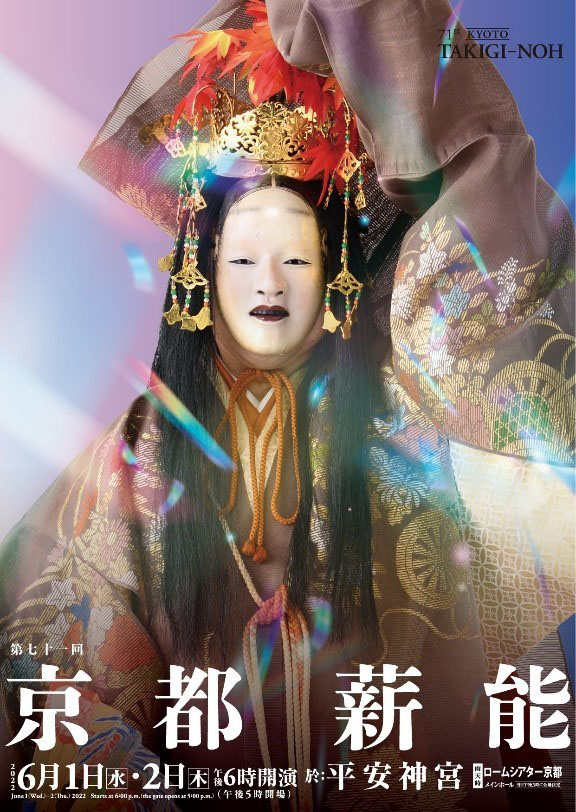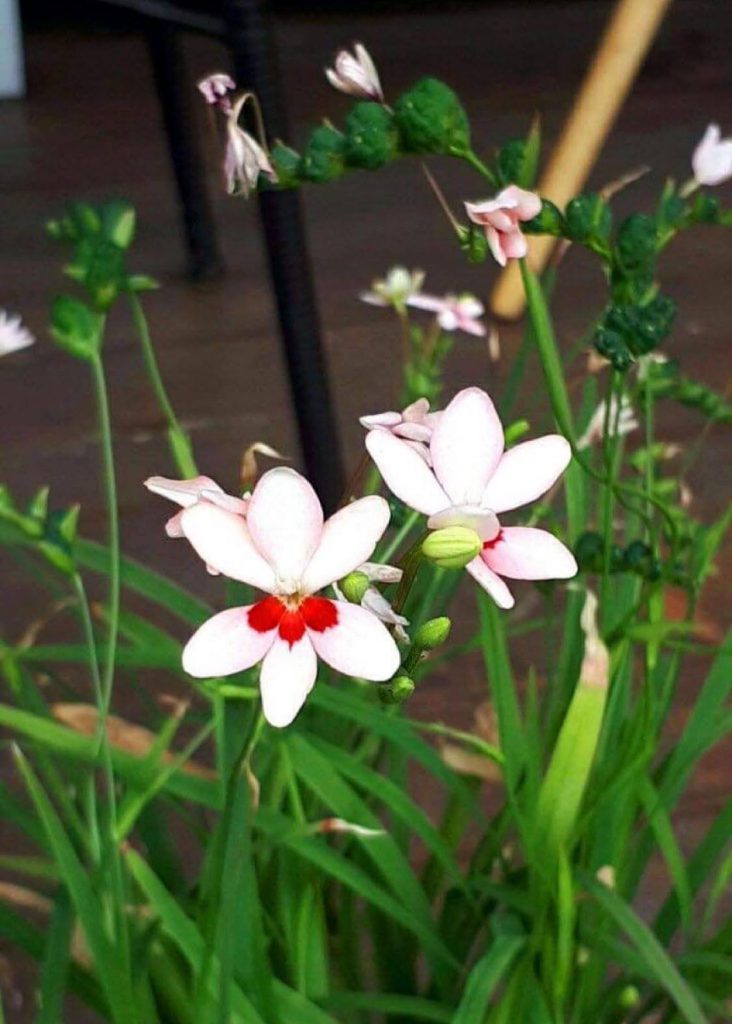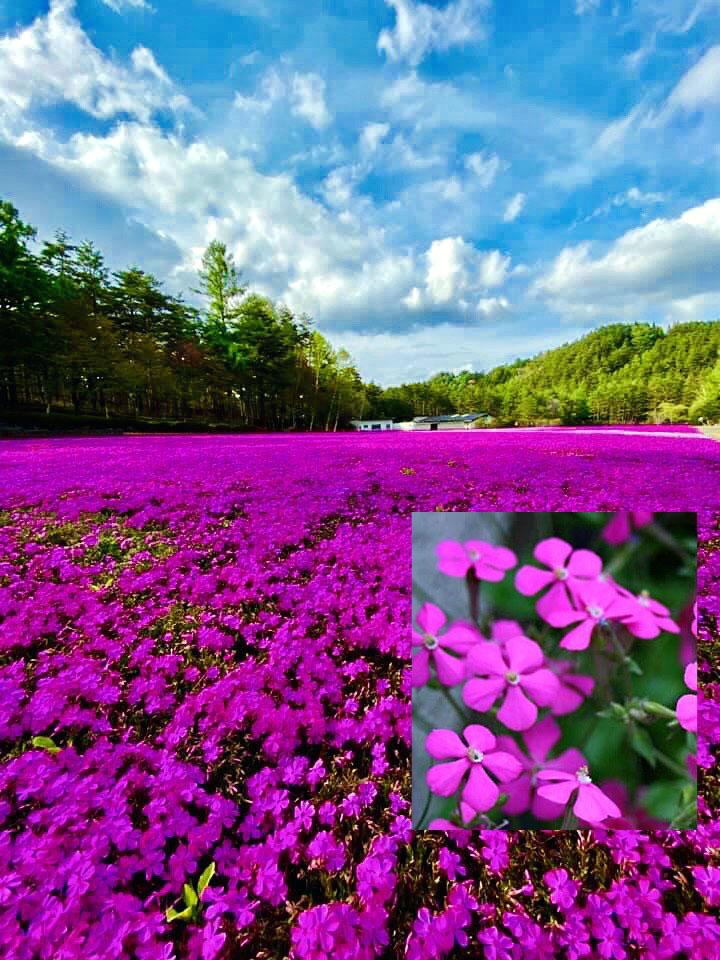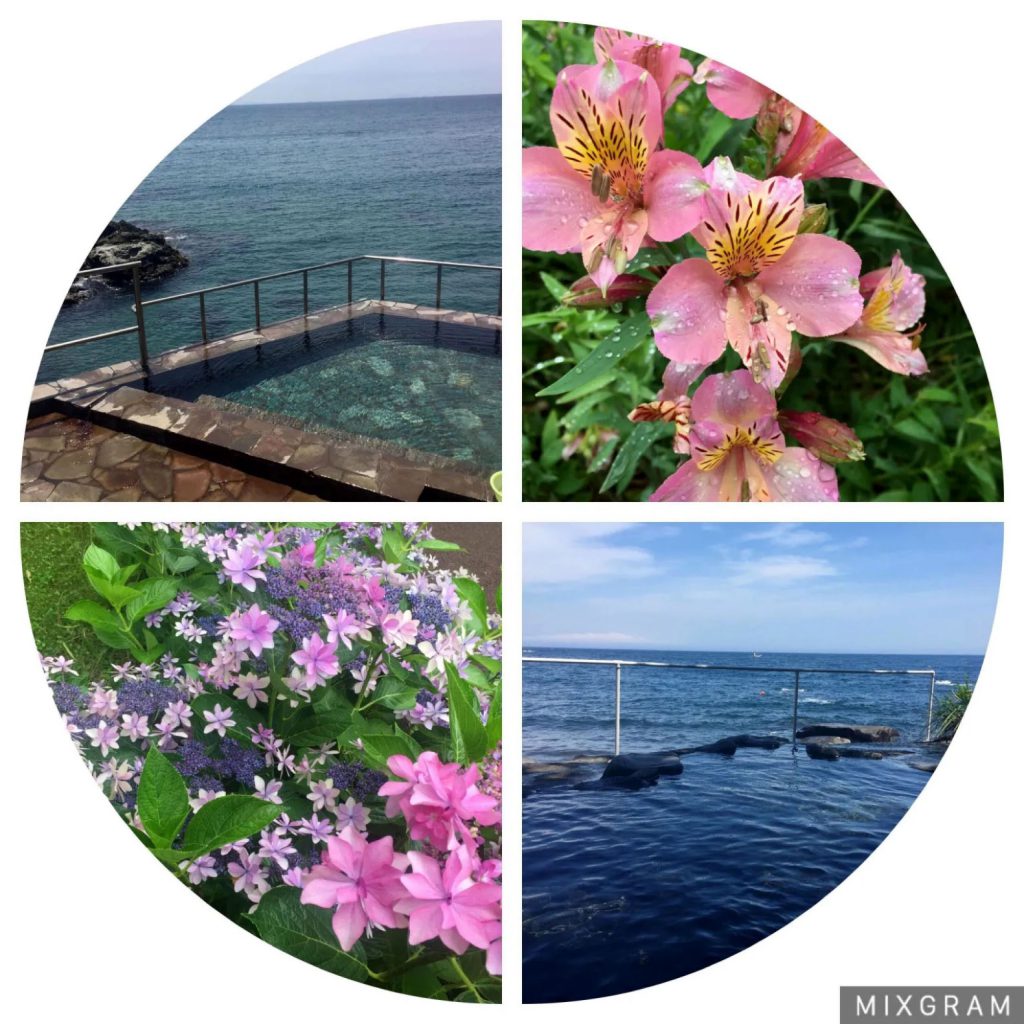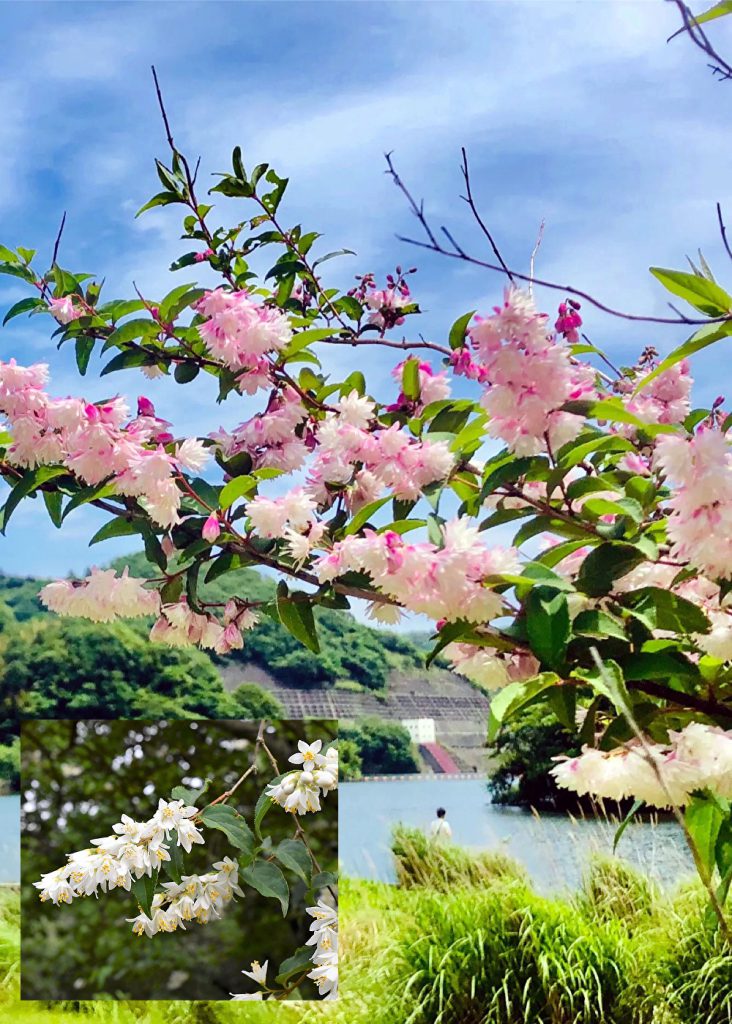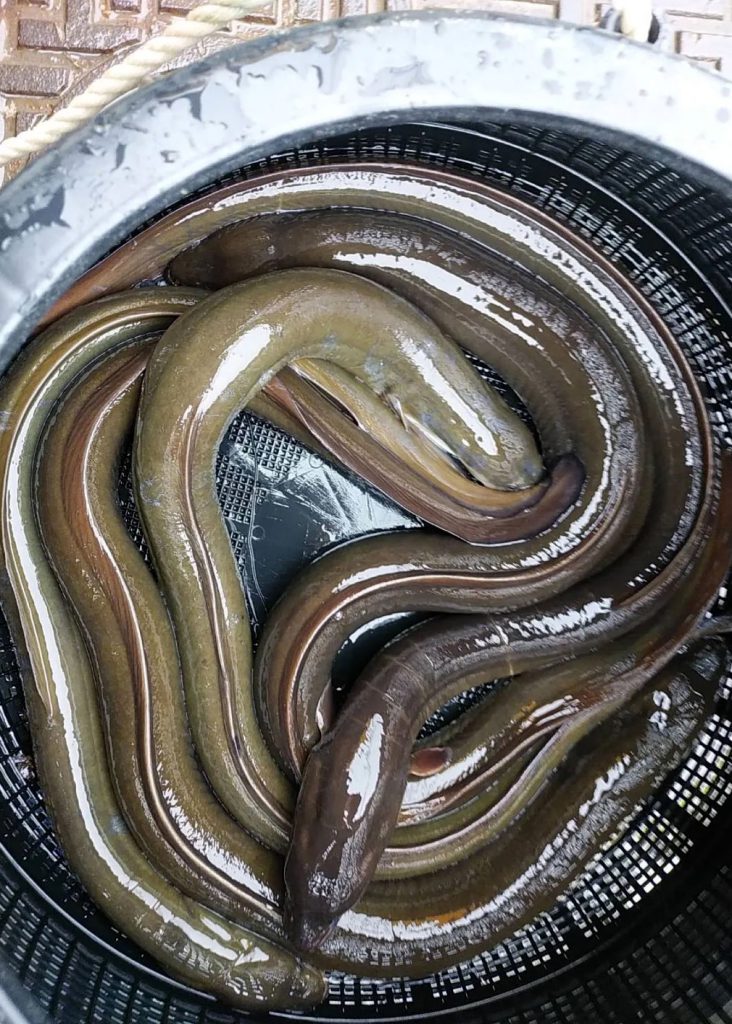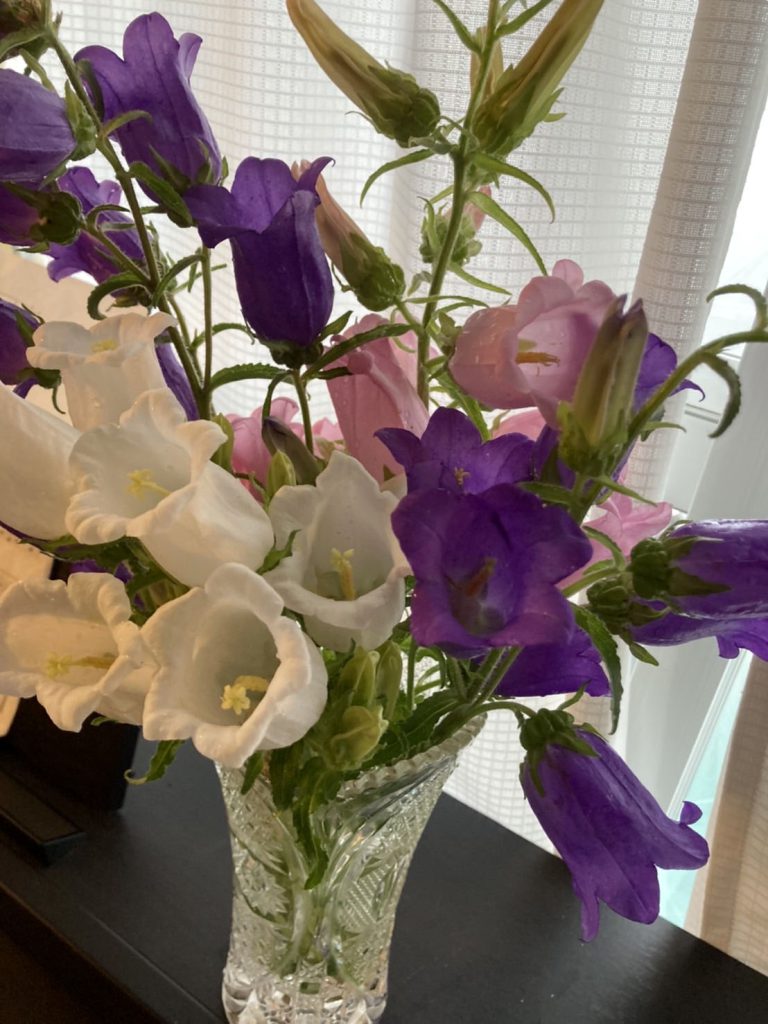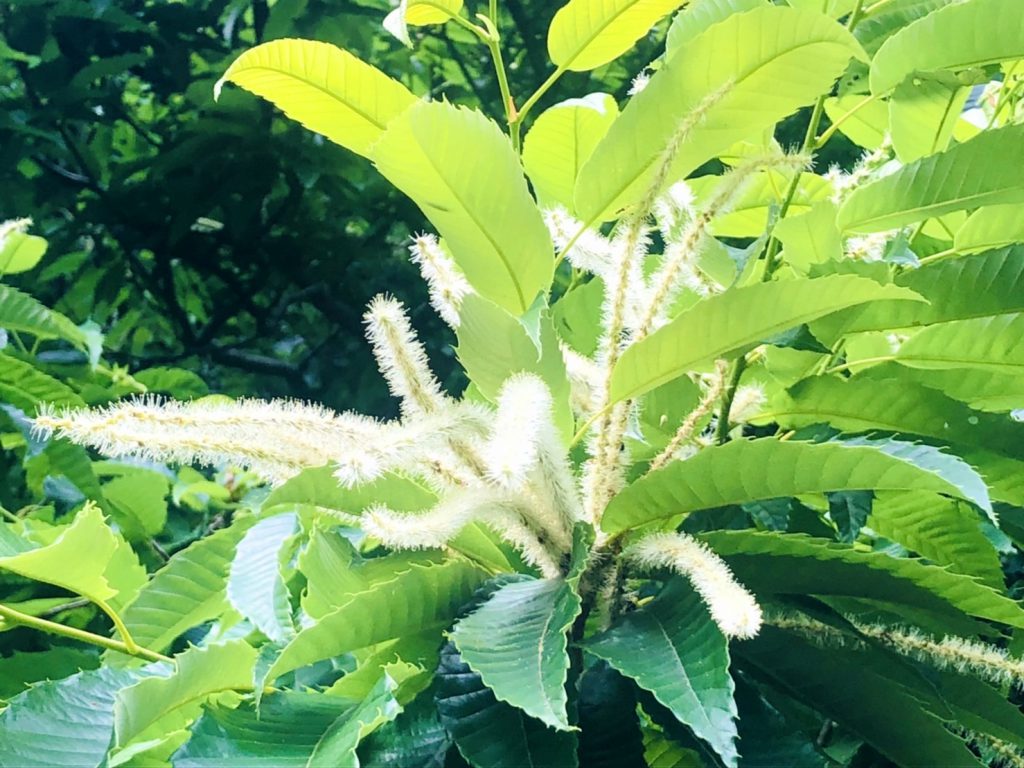
One of my friends was “栗花落 (Tsuyu)”. The kanji is 3 characters, but the name is “Tsuyu”. Actually, this surname is old, and it is known that Mr.栗花落 was the lord of Harano Village (Kita Ward, Kobe City) in Yatabe District, Settsu Province during the Warring States period. Even now, there are people who give their surnames in Kobe City and Shodo-island in the Seto Inland Sea. This “栗花落” spread among young people by chance. The name of the female character that appears in the anime “Immortal Blade” is “栗花落 カナヲ (Tsuyuri Kanawo)”. Her surname is “栗花落 (Tsuyuri)”. She is a very popular character. There are two ways to call “栗花落”, “Tsuyu” is the name of the head family, and “Tsuyuri” is the name of the other family. Chestnut flowers bloom from late May to June, and “chestnut flowers” is also Kigo (a seasonal word) for this time in Haiku. This flower falls from the middle to the end of June, and the rainy season begins just around this time, so it seems that “栗花落” was originally read as “tsuyuiri”. And the reading of “tsuyuiri” became shorter, and now it is read as “tsuyuri”.
僕の友達に「栗花落」という人がいました。漢字は3文字なのに、呼び名は「つゆ」。実はこの名字は古く、戦国時代の摂津国八部郡原野村(神戸市北区)の領主に栗花落氏がいたことが知られています。現在も神戸市や、瀬戸内海の小豆島などにその姓を名乗る人達がいるそうです。この「栗花落」がひょんなきっかけで若い人達の間に広がりました。アニメ『不滅の刃』に登場する女性キャラクターの名前が「栗花落カナヲ」なのです。呼び名は「つゆり」。とても人気のあるキャラクターです。「栗花落」には2通りの呼び方があって、「つゆ」は本家筋、「つゆり」はそれ以外の家筋の呼び名だそうです。栗の花が咲くのは5月下旬から6月にかけてで、「栗の花」はこの頃を表す季語にもなっています。この花が落ちるのは6月の中旬から下旬にかけてで、ちょうどこの頃に梅雨の季節に入るため、「栗花落」は本来「つゆいり」と読んだとみられます。「つゆいり」という読み方はやがて短くなり、現在では「つゆり」と読むようになりました。

